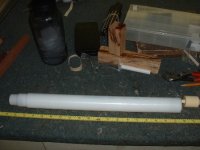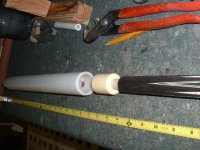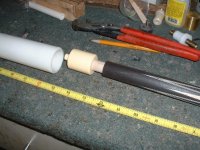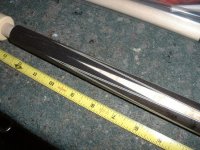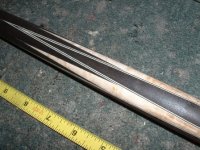Thanks for the input so far.
I've got/had quite a few lathes, some big, some bench top. Been meaning to check out the Porper for years but only just got round to it.
I recently took delivery of one and the first thing I noticed was the lack of steady. I assumed there would be one, and am very surprised there is not. Or that nobody has made an add-on for after market. Guess I'll make one then

The other thing I noticed was just how stiff the tailstock is to move. Have to push so hard the whole machine moves! And yes, the tailstock lever is released before anyone asks

Hopefully, that will ease up shortly with use. If not, you'll see me in the next Mr Universe competition. I'll be the one with the massive forearms

I have a Hightower Deluxe CueSmith with a long bed and all the extras, but do not rate it much on accuracy. Headstock, tailstock, play on carriage etc., it's never been right since I got it. The rear headstock has never run true enough with the front one for my liking. I've stripped it down so many times trying to improve it, but no luck. Has to be an issue with the machining of case or spindle.
So, it's mostly used for sanding these days or when other machines are in use. It still does a job, but not a pleasure to work with.
Ratcues, what you described is exactly what I thought I would try first to overcome the lack of steady for shorter pieces. Be great to see some pics but I think I get what you have done. Should be a good accurate fix I would think.
Anyone else out there with any tips or long term experience of Porper lathe use or known wear issues/problems etc.?


